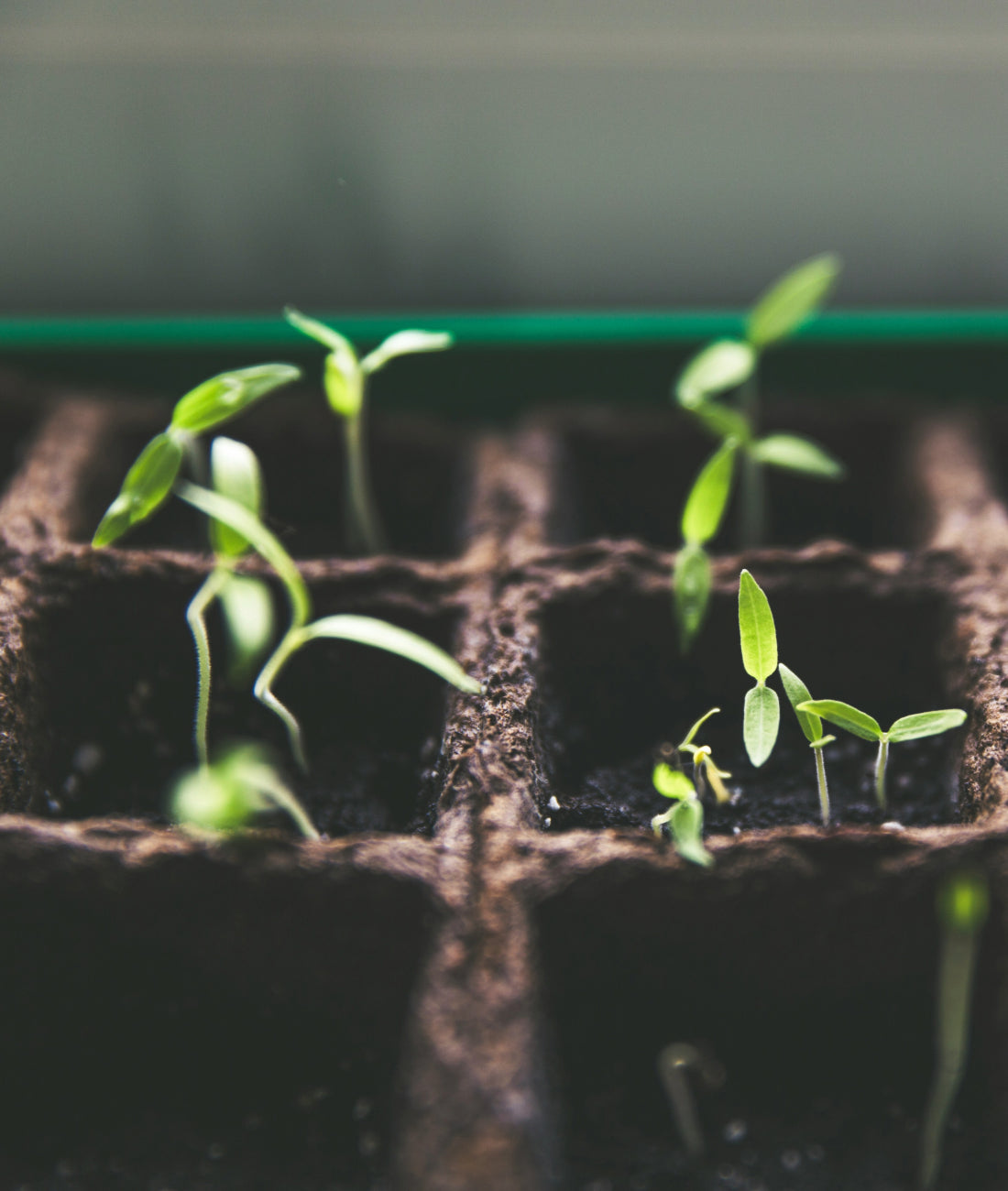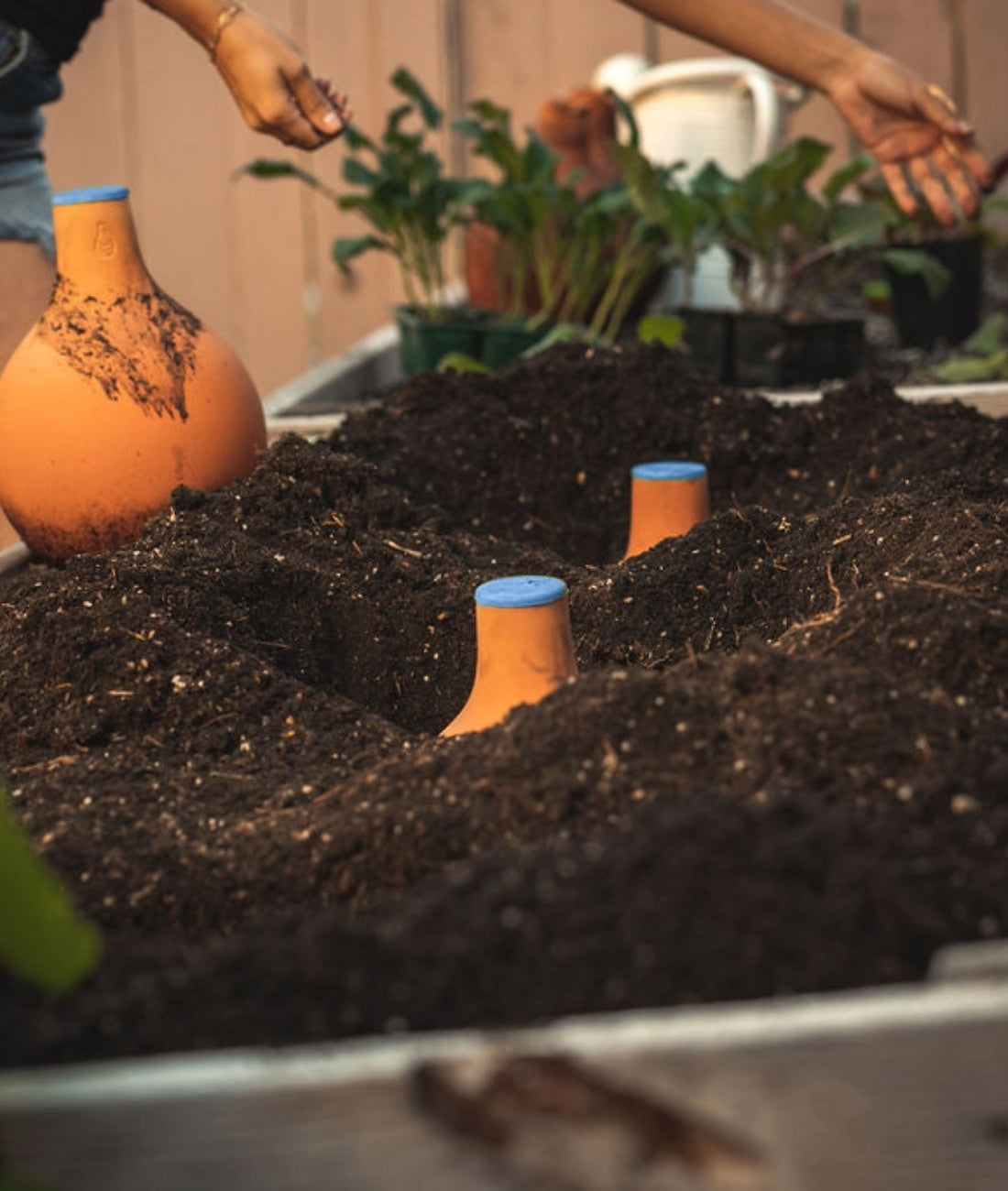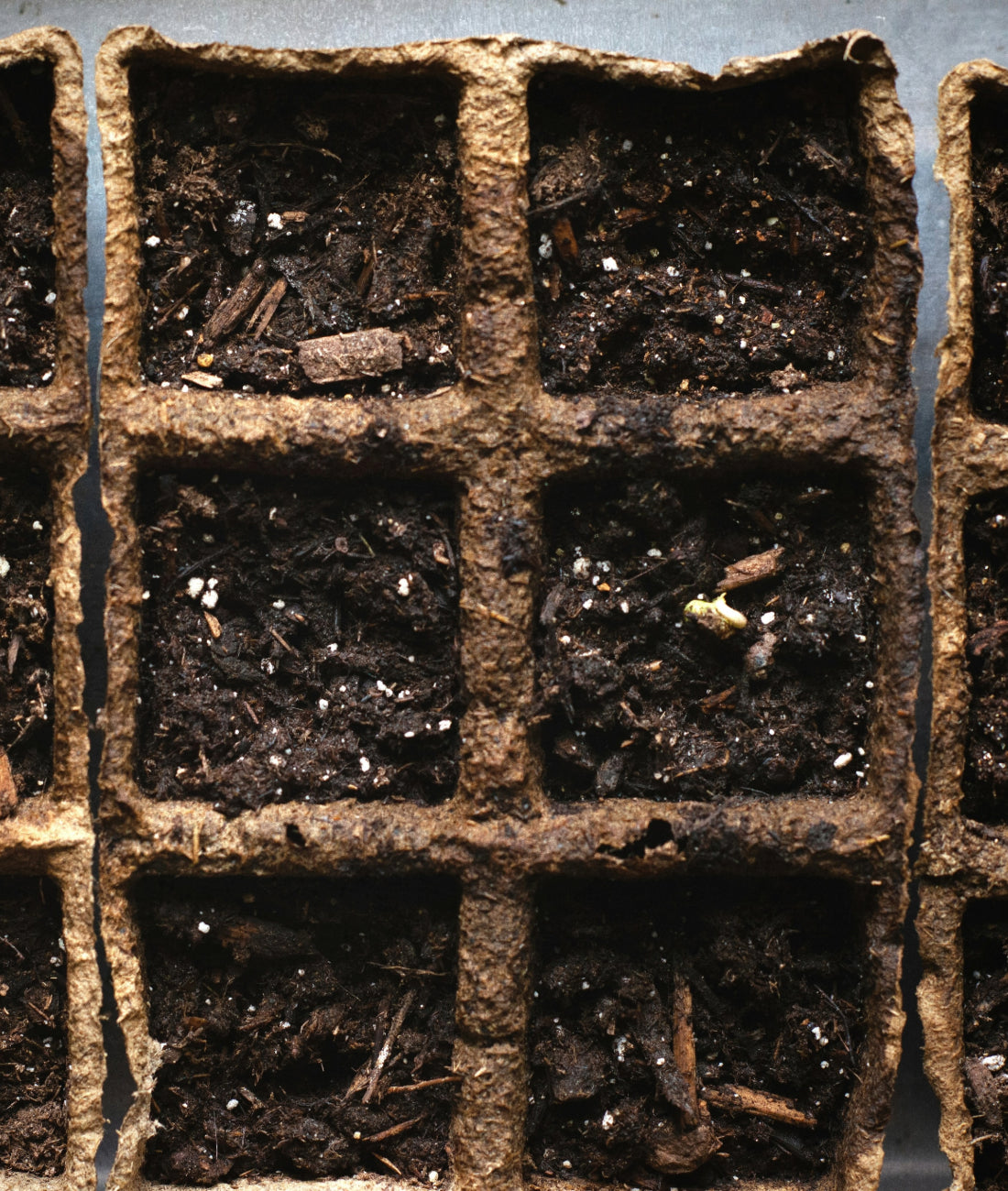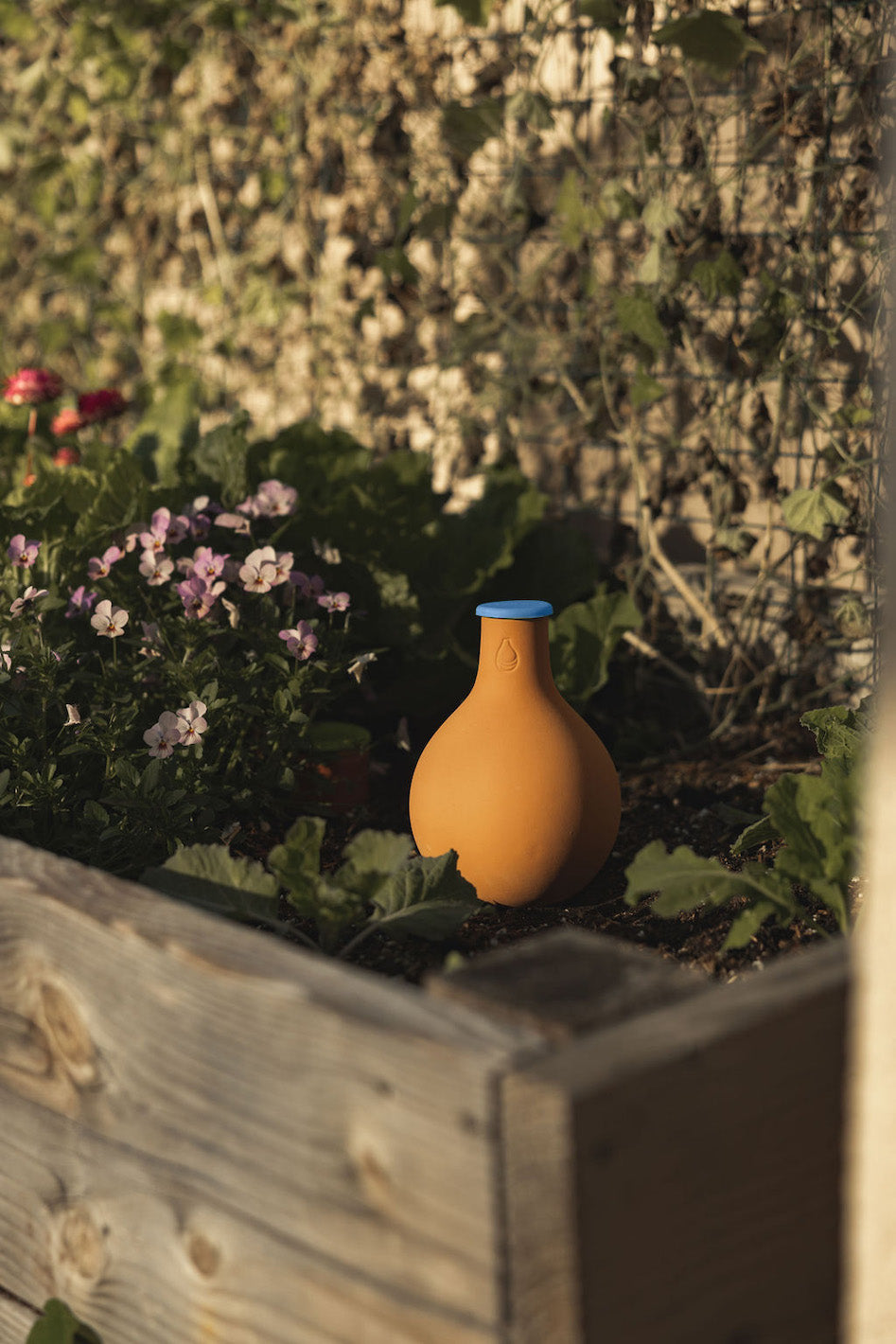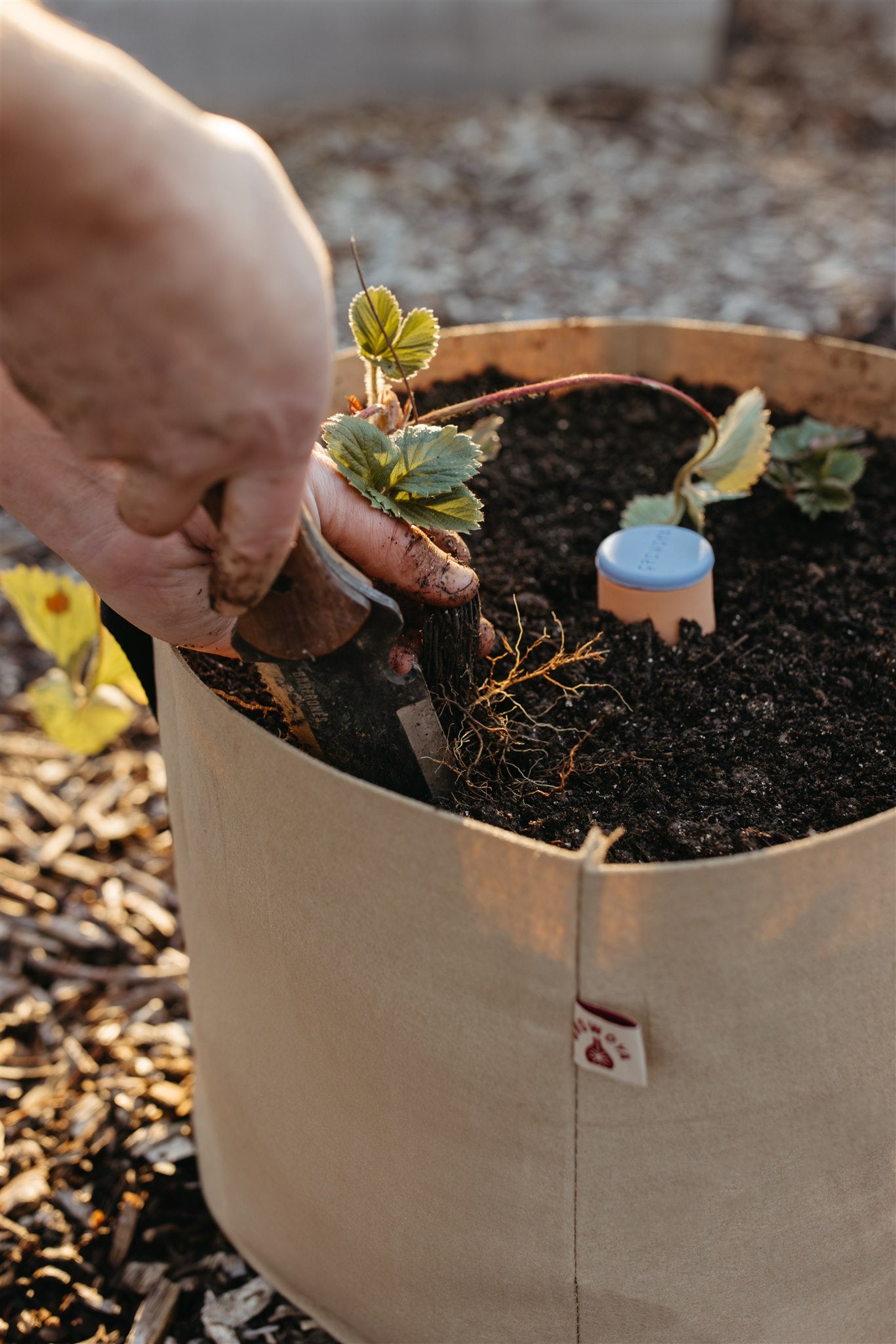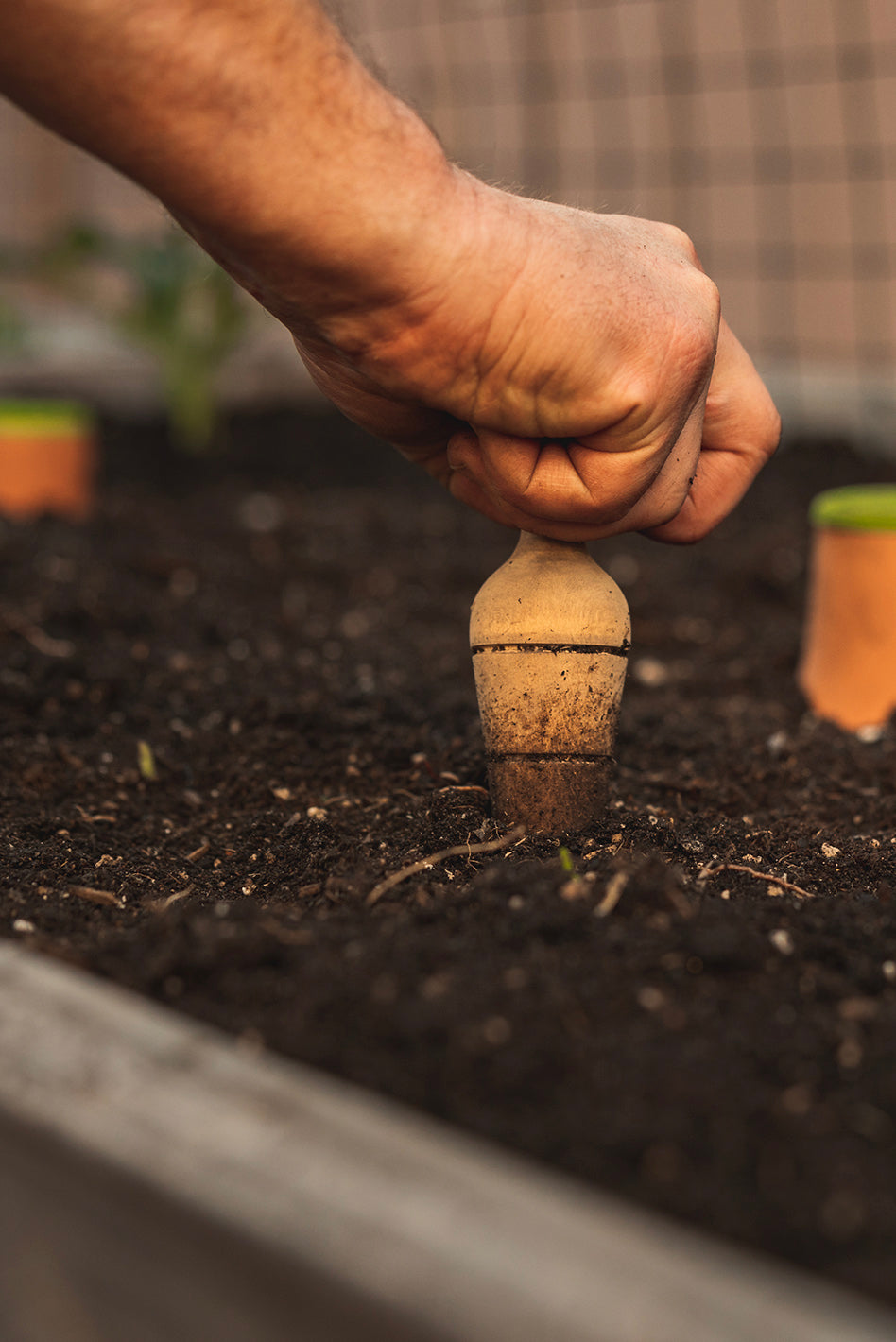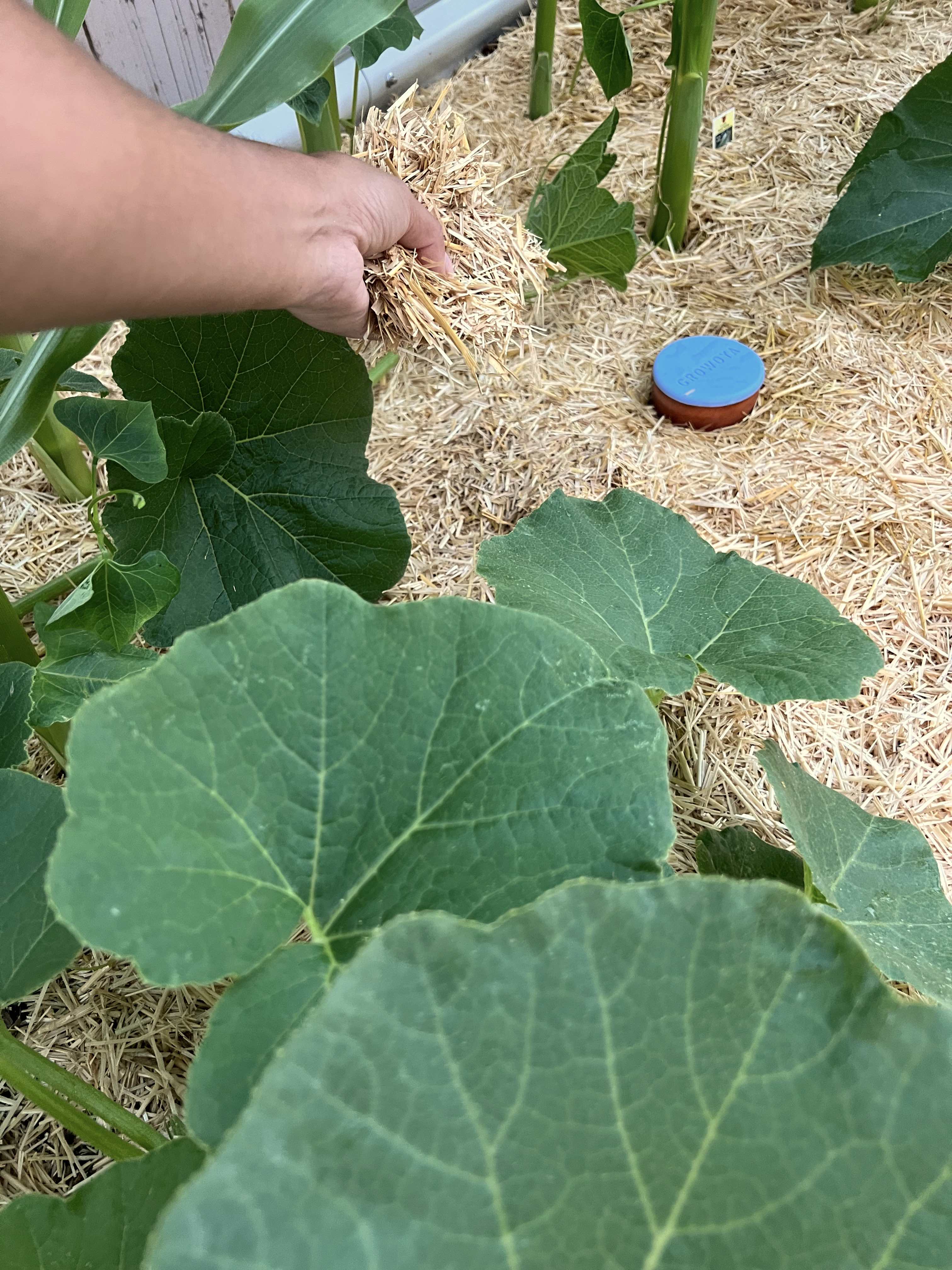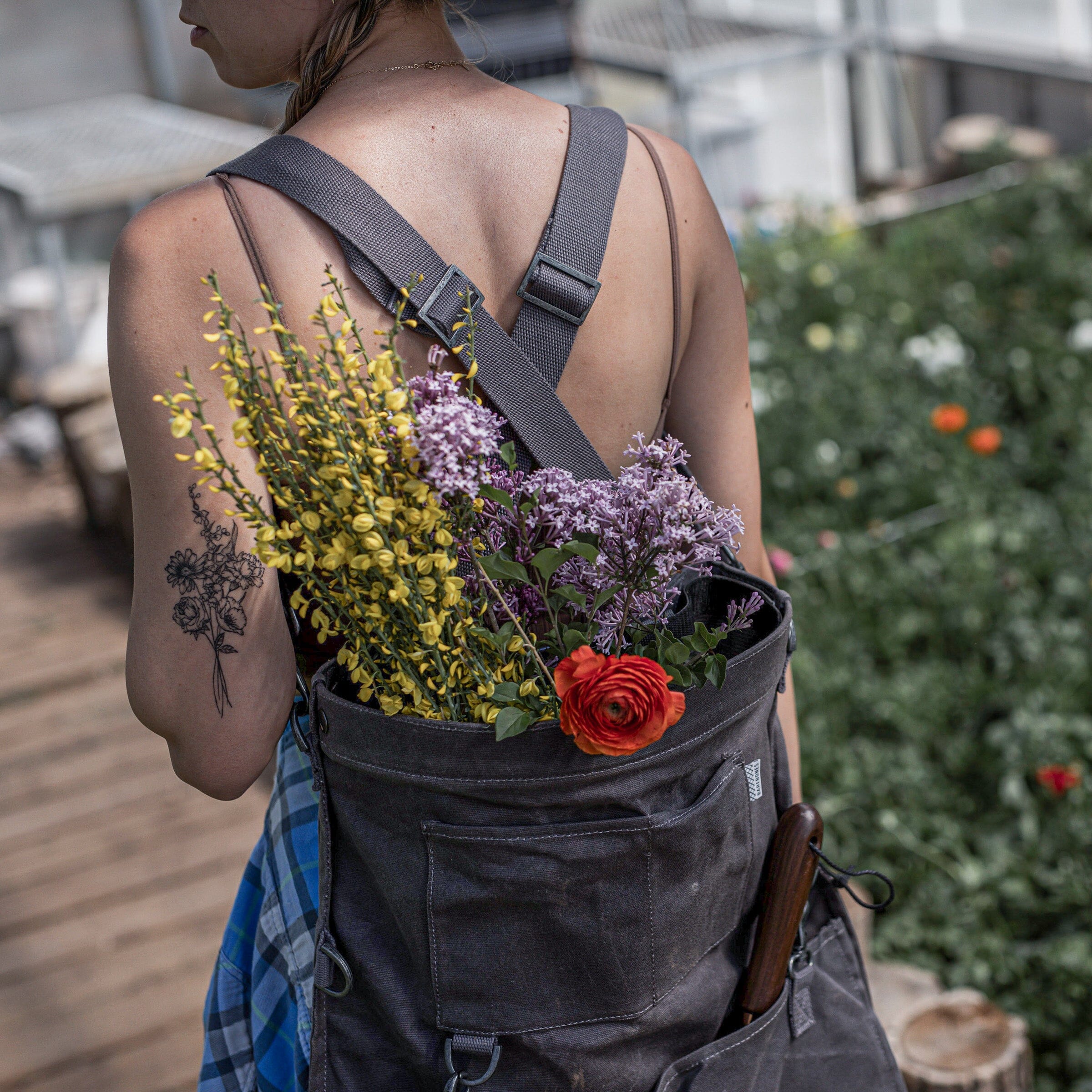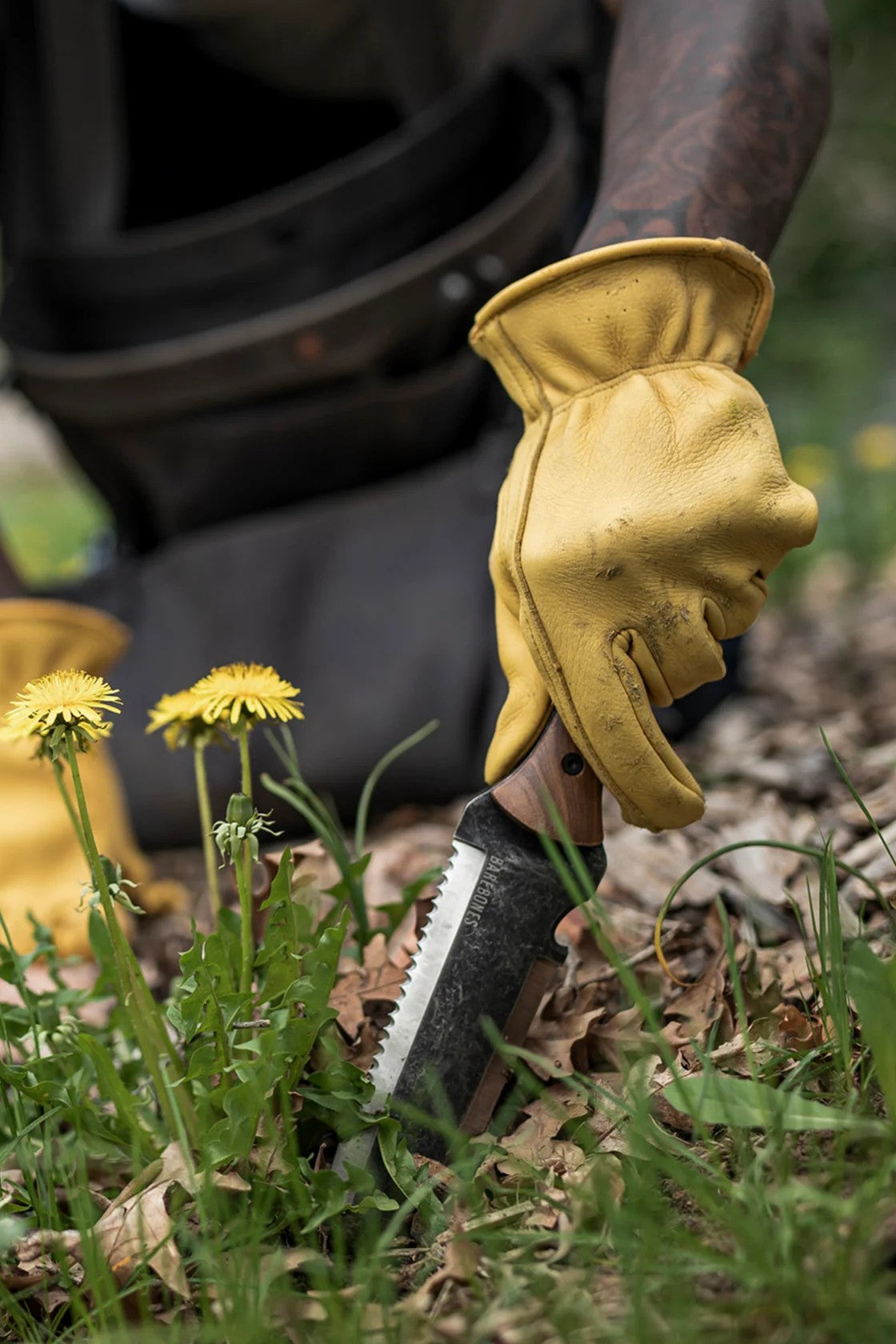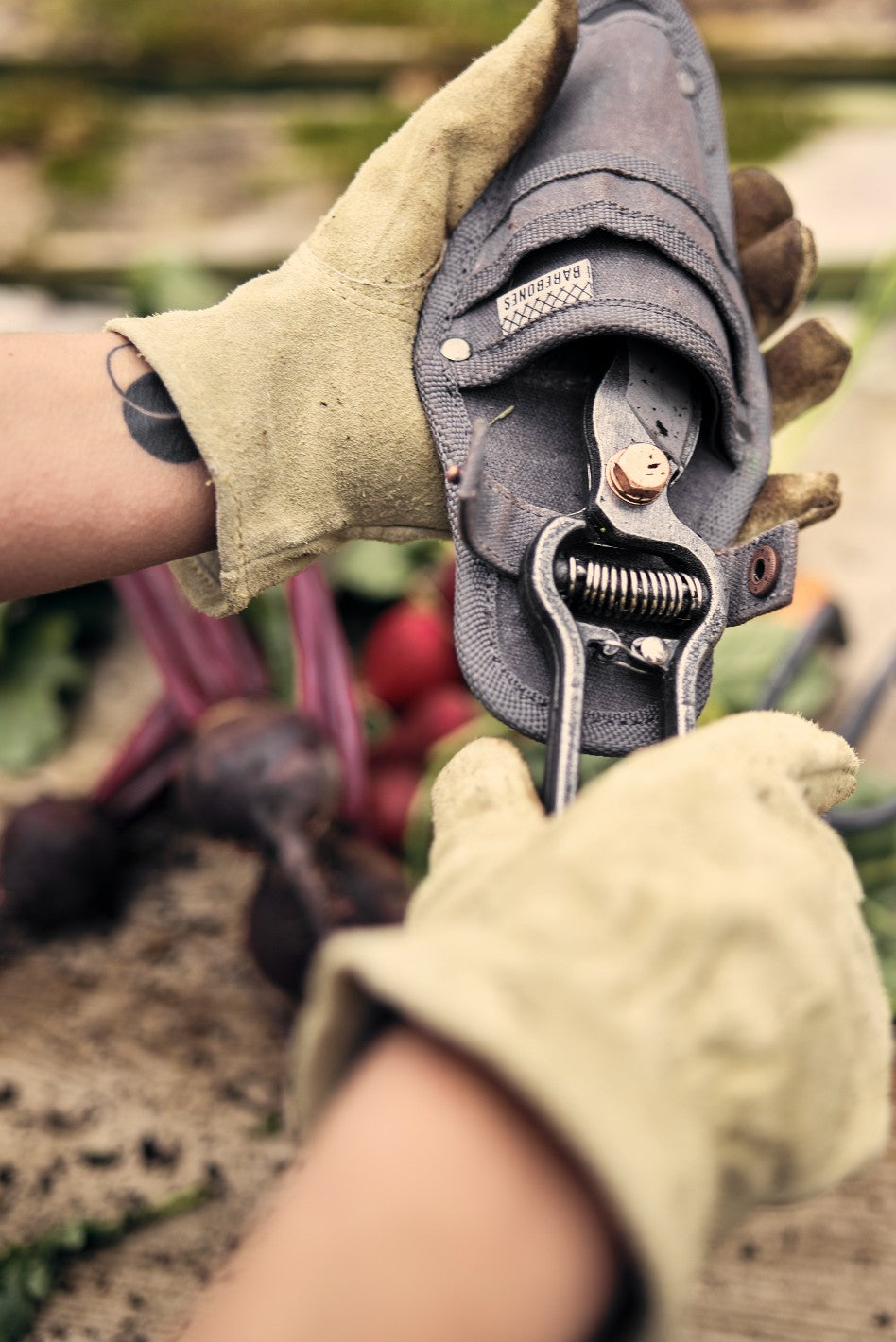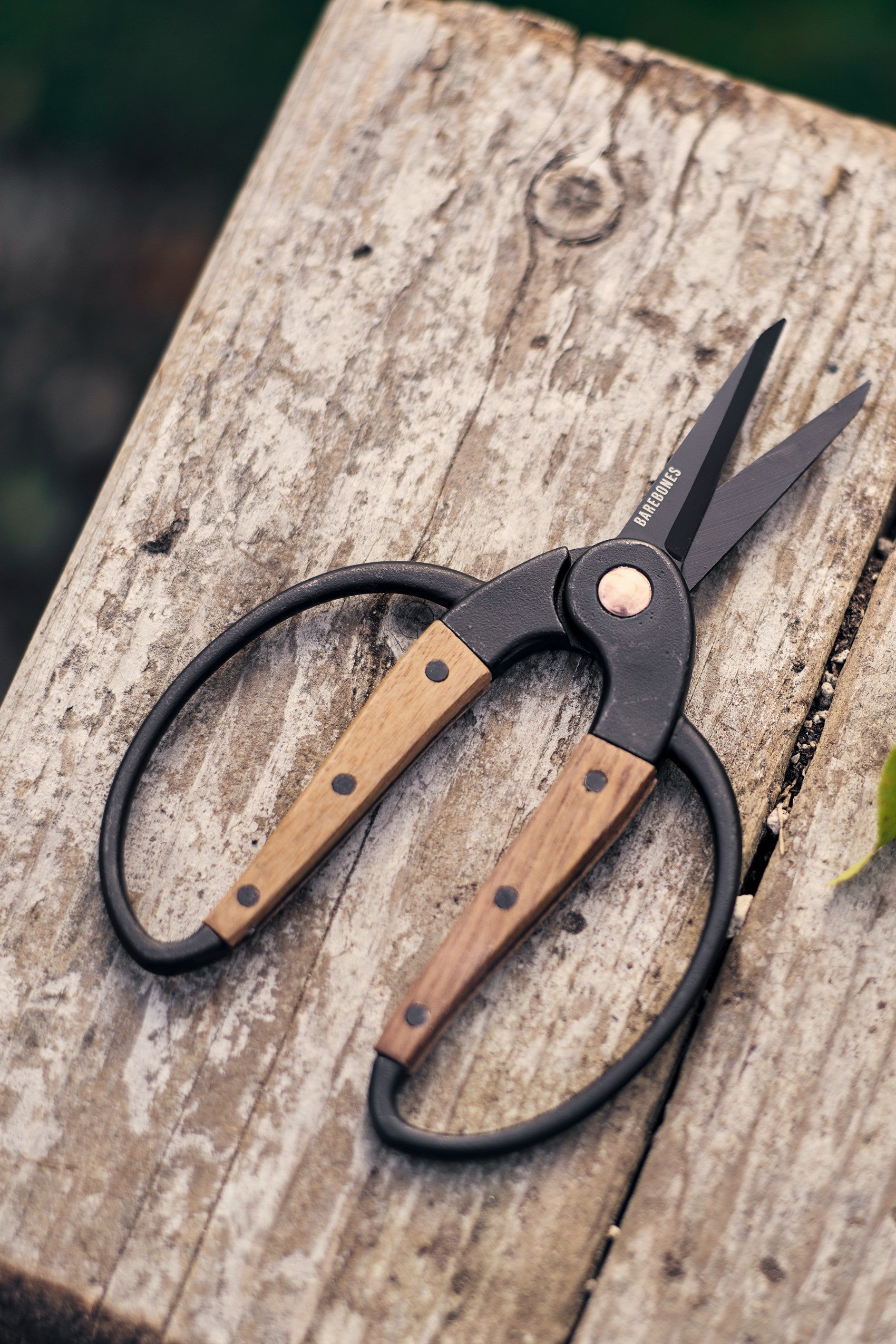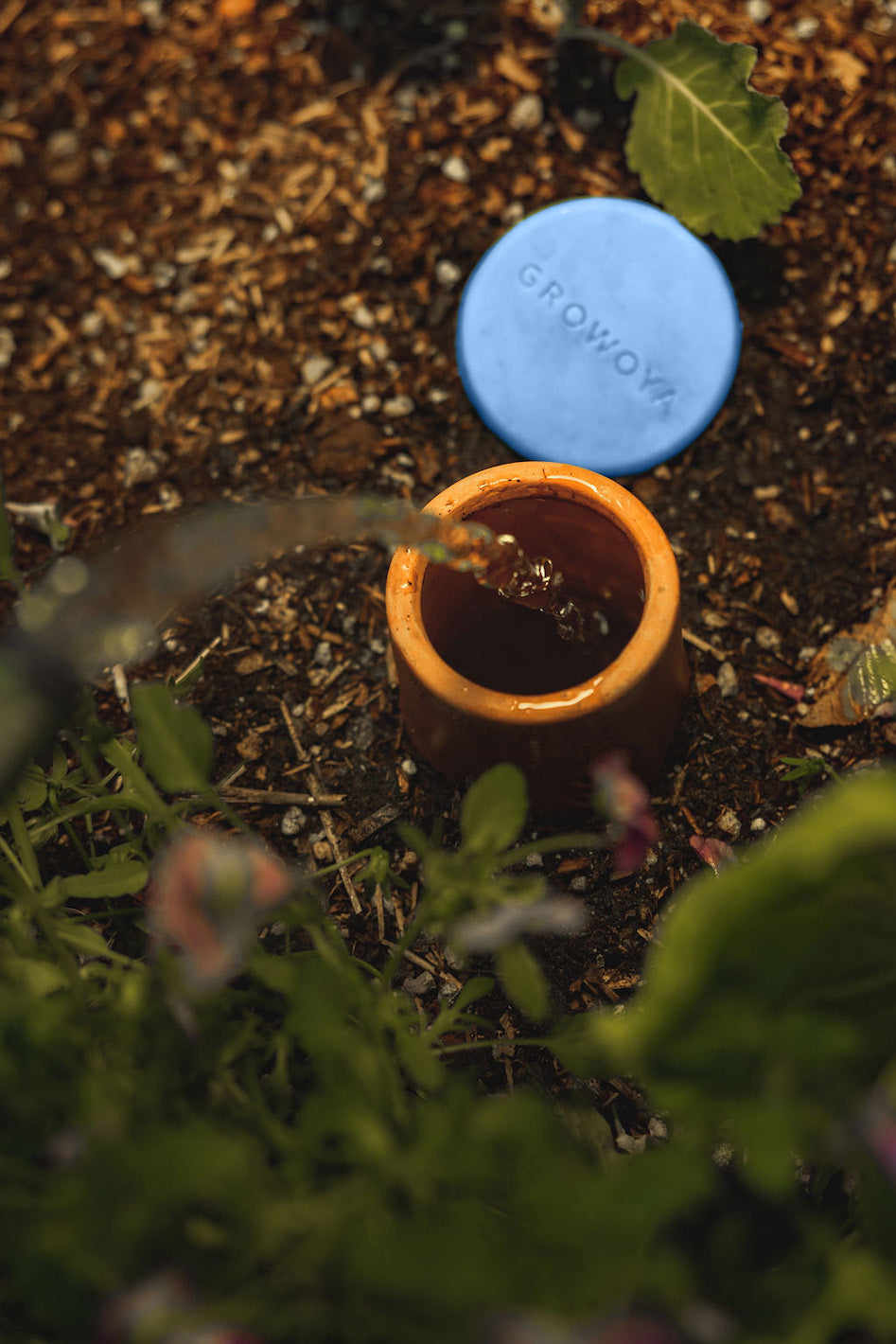Mastering the Art of Seed Sowing: Direct vs. Transplants
Today, let's explore the fascinating world of seed sowing and how it can transform your garden. Whether you're a seasoned pro or just starting out, understanding the differences between direct sowing and transplanting can take your gardening skills to the next level.
Direct Sowing:
Direct sowing, the age-old method of planting seeds directly into the soil, has its own set of perks and pitfalls. Picture yourself scattering seeds across the earth, embracing the simplicity and spontaneity of nature's rhythm. It's an easy, low-investment approach that appeals to many gardeners, especially when dealing with large or fast-growing seeds like beans, peas, and cucurbits.
But let's not overlook the nuances. Direct sowing requires a delicate balance. While it's effortless with robust seeds, smaller ones demand precision and care. There's a risk of seed wastage, and the vulnerability of seedlings to damping off or hungry critters lurks in the shadows. Moreover, unexpected weather can throw a wrench into your plans, potentially leading to crop failure.
However, direct sowing shines in certain scenarios. It's ideal for mass plantings of crops like carrots, radishes, and beets, where efficiency outweighs meticulousness. Yet, it's crucial to stay vigilant against weeds and adverse weather, embracing the spontaneity while mitigating the risks.
Transplants:
Now let's talk about transplanting – it's like bringing in reinforcements for your garden! Imagine trays filled with strong little seedlings, all set to take on the soil as soon as it's go-time. Using transplants gives you total control over how many plants you have and exactly when they go into the ground, making the most of your resources and giving you a head start on the season.
Transplants also act like a shield, protecting your young plants from pests and diseases right from the get-go. They're especially handy if you live in an area with a short growing season because they let you grow crops that need more time to mature. But, not every plant is up for the transplanting game – some, like carrots and parsnips, prefer to start from scratch.
Now, there's a bit of an art to transplanting. If you don't pay attention to things like temperature and sunlight, you might end up with weak, spindly seedlings that take longer to grow. Plus, getting all the gear you need for transplanting can be a bit of an investment in both money and space.
But don't worry – there's a bright side! Transplants love freshly weeded beds and controlled environments, so they'll thank you by growing strong and keeping the garden pests at bay. And those delicate little seeds? They'll be safe and sound in their trays until they're big and brave enough to face the great outdoors.
Finding the Balance:
Both ways of planting seeds have their advantages and disadvantages, so it's important to figure out what works best for your garden and your style of gardening. Try out different crops and conditions to see what gives you the best results. Whether you go for the simple approach of putting seeds straight in the ground or the careful method of transplanting, each seed you plant has the potential to grow into something amazing. So, have fun experimenting in your garden, and let your plants show you the way to a beautiful harvest!
So, fellow gardeners, let's sow our seeds with confidence and master the art of cultivation one step at a time!
Happy gardening!
